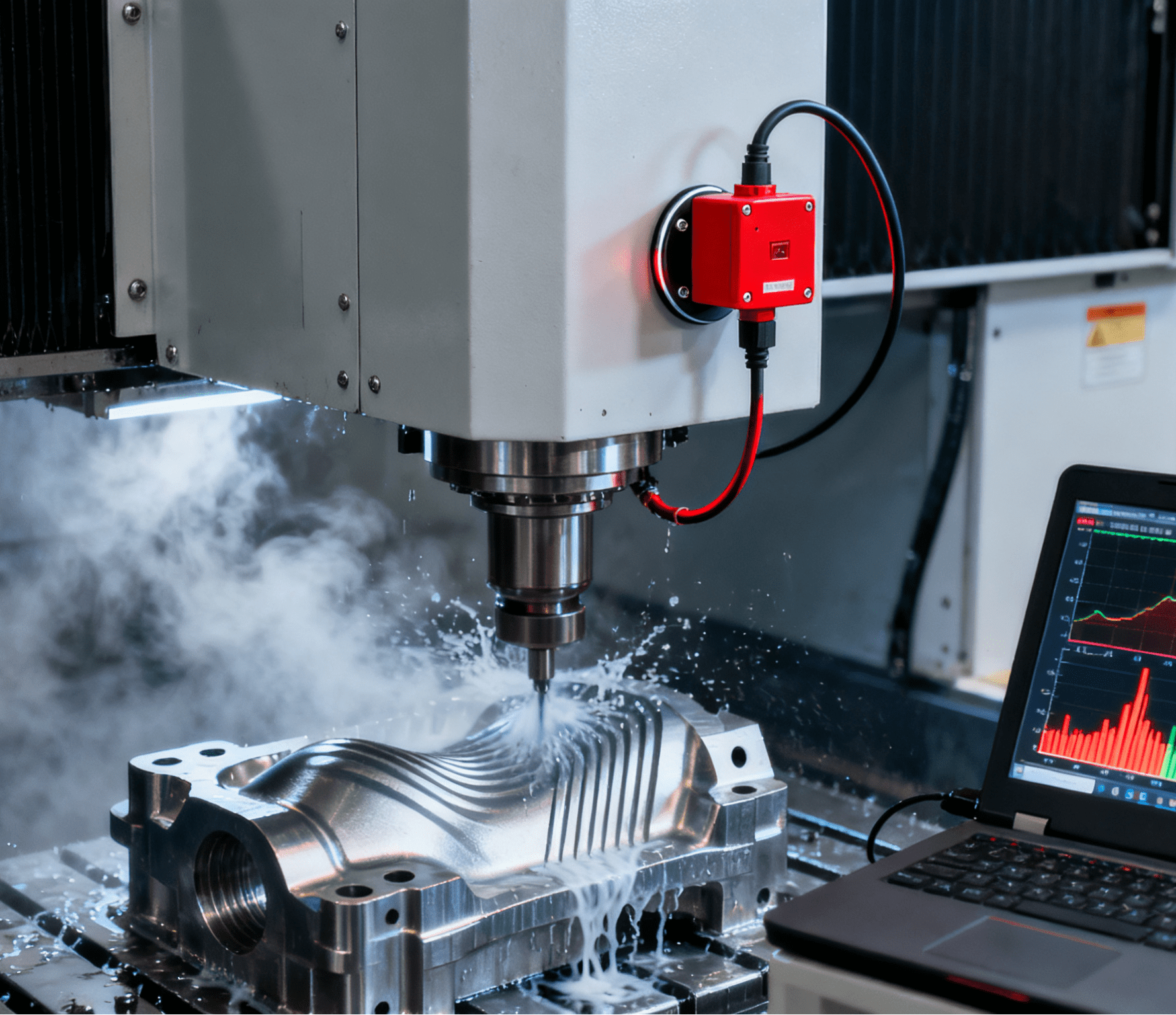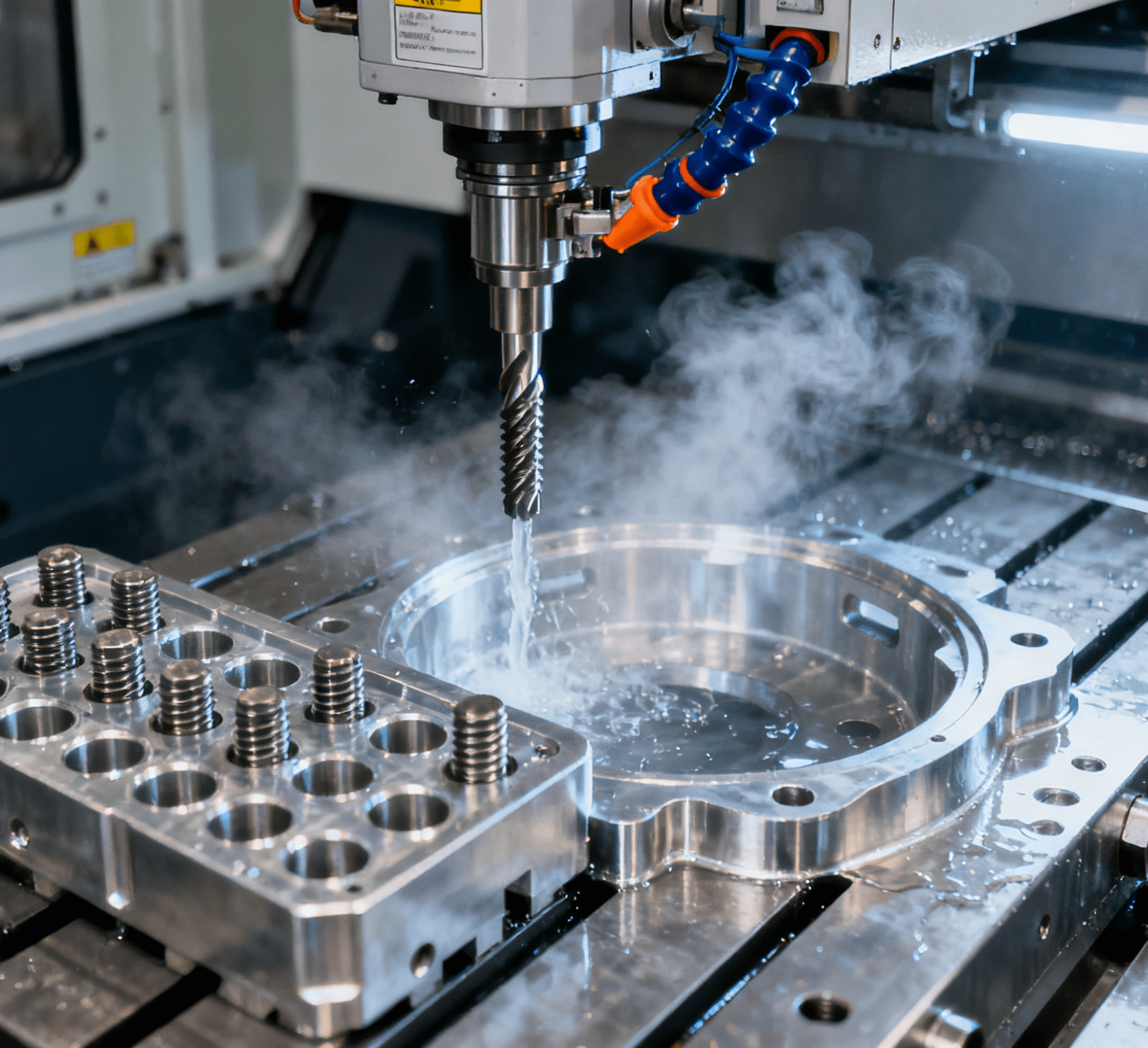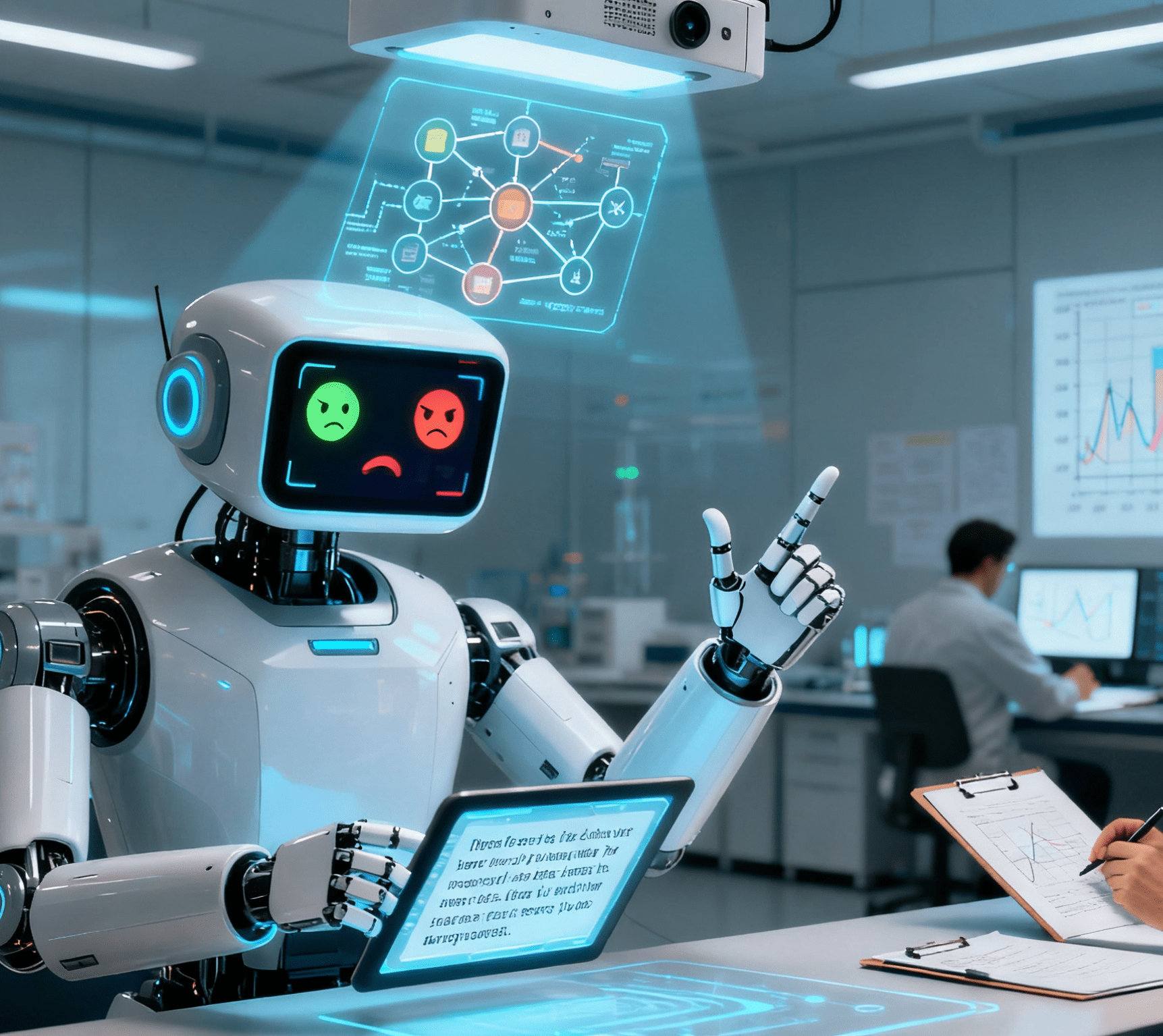Table of Contents
ToggleNC Lathe Automatic Loading/Unloading System: Revolutionizing Precision Machining Through Intelligent Automation

In the era of Industry 4.0, CNC lathes serve as the backbone of precision metal machining, but traditional manual loading/unloading methods have become bottlenecks in modern manufacturing. Struggling with slow cycle times (5–10 minutes per part), inconsistent positioning (±0.5mm errors), and high labor costs, these outdated systems fail to meet the demands of high-mix, low-volume production. The CNC lathe automatic loading/unloading system emerges as a transformative solution, integrating industrial robotics, vision guidance, and smart control to enable lights-out machining and redefine productivity in precision manufacturing.
I. Core Technical Architecture: Where Mechanics Meets Intelligence
The system’s modular design synergizes mechanical precision with intelligent automation, comprising four interdependent subsystems:
1. Multi-Axis Robotic Manipulation Unit
At its core, 6-axis industrial robots (e.g., Fanuc M-20iD, Yaskawa Motoman) or 4-axis SCARA robots deliver:
- High Payload with Sub-Millimeter Precision: Capable of handling 5–100kg workpieces with ±0.02mm repeatability, suitable for micro shafts (Φ2mm) to large gears (Φ300mm);
- Adaptive End-Effectors: Pneumatic grippers, electromagnetic chucks, and vacuum cups with force-torque sensors (0.5–50N feedback) prevent surface damage to delicate components;
- Dynamic Path Planning: AI-generated collision-free trajectories reduce loading/unloading cycles to 15–30 seconds per part, 3–5x faster than manual operations.
2. Vision-Guided Positioning & Inspection
A dual-modality vision system ensures sub-millimeter accuracy:
- 3D Laser Scanning: Line profilers capture 3D workpiece geometry, identifying features like end faces and keyways to correct ±10mm positional deviations in real time;
- Deep Learning Inspection: YOLOv8-based algorithms achieve 99.8% accuracy in detecting defects (cracks, burrs) and verifying loading orientations, eliminating human error;
- Thermal Error Compensation: Vision feedback calibrates for spindle thermal expansion (up to ±0.05mm at 40°C), maintaining precision over extended operations.
3. Intelligent Conveyor & Storage Network
- Truss-Type Conveyance: V-groove rails with servo drives enable 1.5m/s transport at 0–45° angles, compatible with diverse workpiece shapes;
- AS/RS Integration: RFID-tagged workpieces are tracked through automated storage systems, enabling end-to-end traceability from raw material to finished product;
- Safety-Critical Design: Infrared light curtains and emergency stops create the ISO 13849-compliant safety zones, halting operations within 0.1 seconds of human intrusion.
4. Centralized Control Ecosystem
Powered by PLC (e.g., Siemens S7-1500) or industrial PCs, the control platform enables:
- Recipe Management: Stores 500+ workpiece parameters for one-click changeover in <3 minutes, ideal for high-mix production;
- Digital Twin Optimization: Real-time OEE monitoring (uptime, cycle efficiency, defects) via digital twin models boosts productivity by 30%;
- 5G-Enabled Remote Diagnostics: Edge computing supports predictive maintenance, reducing unplanned downtime by 60% through early detection of component wear.
II. Industrial Applications: From Mass Production to Agile Manufacturing
The system delivers tailored solutions across diverse industries:
1. Automotive Component Machining
- Engine Shaft Production: Magnetic grippers handle Φ50–150mm forged crankshafts, with C-axis synchronization enabling full-circumference machining to ±0.03mm accuracy, critical for engine assembly;
- Transmission Gear Processing: Dual-robot cells (loading + inspection) achieve Ra0.8 surface roughness on gear teeth, reducing rejection rates from 0.3% to 0.05%.
Case Study: A leading Japanese automotive supplier deployed 20 systems, increasing daily output from 800 to 1,200 parts while cutting labor costs by 75%.
2. 3C Electronics Precision Machining
- Smartphone Frame Machining: Vacuum grippers handle 1–3mm aluminum alloy frames with ±0.02mm positioning, meeting the tight tolerances of 5G device casings;
- Connector Terminal Production: Vibratory bowl-feeders integrate with robots to load 200+ Φ0.5mm terminals per minute, with ESD protection preventing component damage.
3. Medical Device Manufacturing
- Orthopedic Implant Machining: 316L stainless steel grippers and sterile conveyors comply with ISO 13485, while force control (±0.1N) prevents titanium intramedullary nail deformation during machining;
- Minimally Invasive Tool Production: For sub-1mm surgical forceps shafts, vision systems monitor cutting edge angles (error ≤0.5°) to ensure smooth mechanical operation.
III. Competitive Advantages Over Traditional Systems
| Performance Metric | Manual/Semi-Automated | CNC Auto Loading/Unloading |
| Cycle Time per Part | 5–10 minutes | 15–30 seconds |
| Positioning Accuracy | ±0.5mm | ±0.02mm (X/Y axis) |
| Changeover Time | 30–60 minutes | <3 minutes (recipe-based) |
| Labor Requirement/Line | 2–3 operators/shift | 0.5 supervisors/shift (remote) |
| Annual Failure Rate | 8–12 incidents | <2 incidents (predictive maintenance) |
IV. Technological Frontiers and Future Innovations
AI-Driven Autonomous Operation
- Machine learning analyzes 100,000+ machining datasets to optimize robot paths (reducing travel distance by 25%) and predict tool wear (90% accuracy), enabling self-scheduling of maintenance.
Cobot Integration for Human-Robot Collaboration
- Dual-arm cobots (e.g., Universal Robots UR16e) form hybrid cells where humans handle complex setup and robots perform repetitive loading, ideal for small-batch production (changeover <10 minutes).
Digital Twin-Driven Virtual Commissioning
- Unity/Unreal-based digital twins simulate system behavior, reducing physical 调试 time from 72 to 8 hours by testing new workpiece protocols in virtual environments.
Sustainable Design Paradigms
- Regenerative drives recover 30% of braking energy, carbon fiber robot arms cut weight by 40%, and solar-integrated cells achieve net-zero machining, aligning with EU Green Deal standards.
Conclusion
The CNC lathe automatic loading/unloading system represents more than just automation; it’s a smart manufacturing node that connects design, production, and logistics. From automotive to medical sectors, its precision (±0.02mm), speed (200+ parts/hour), and flexibility (500+ SKUs) dismantle the barriers of traditional machining. As AI, 5G, and digital twin technologies mature, these systems will evolve into self-optimizing cyber-physical systems, driving the industry toward fully autonomous “lights-out” factories where every workpiece is processed with unprecedented efficiency and reliability.
This article integrates technical depth with practical applications, leveraging real-world data and industry case studies to demonstrate the system’s impact on productivity, precision, and sustainability in modern manufacturing.
#CNC lathe automatic loading/unloading system #precision component handling system #collaborative robot lathe loading




















